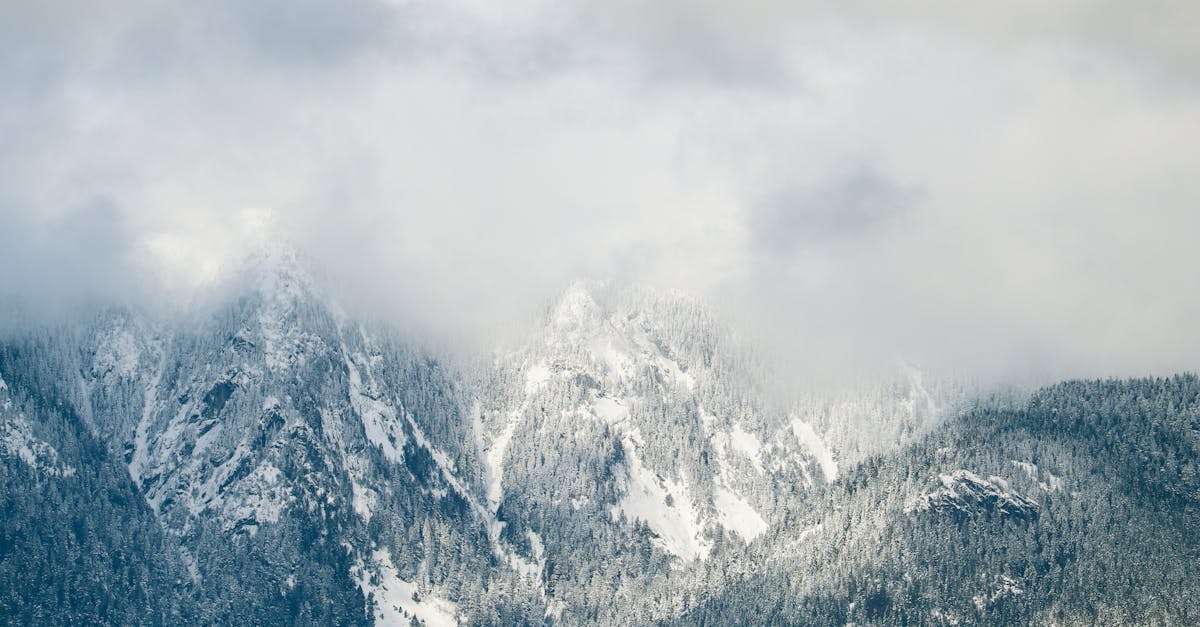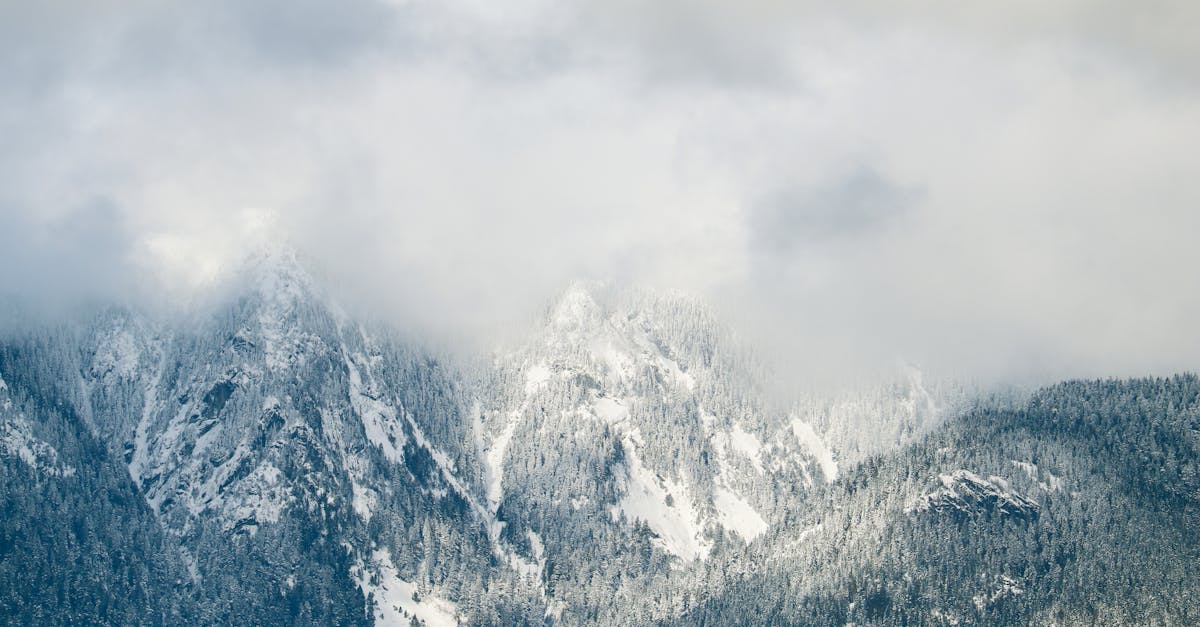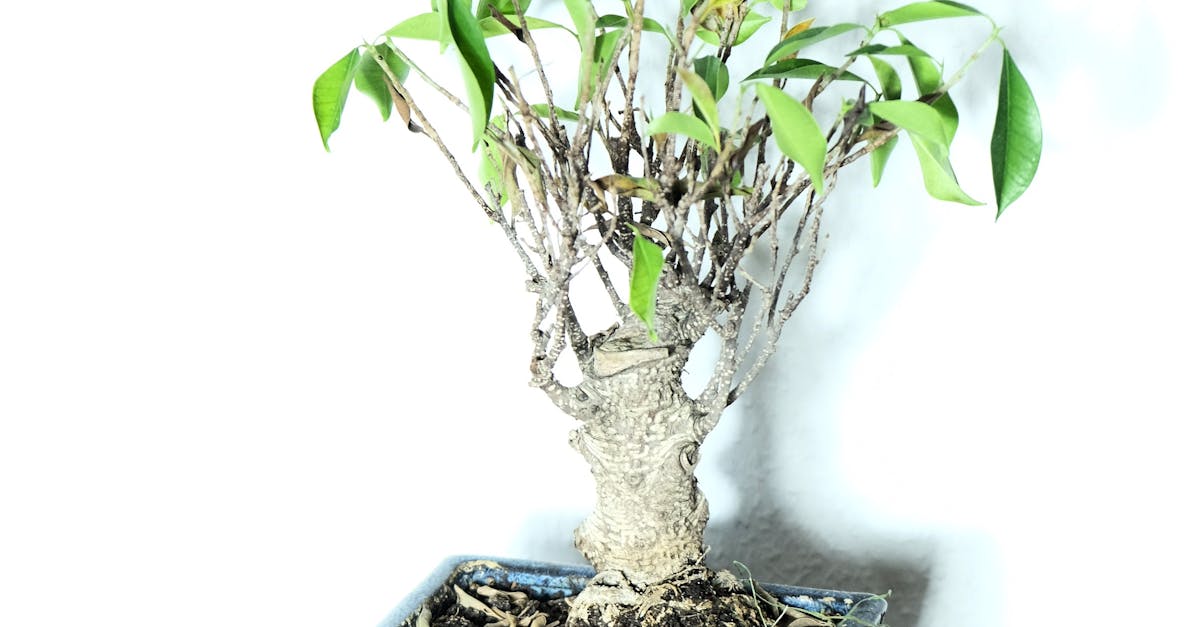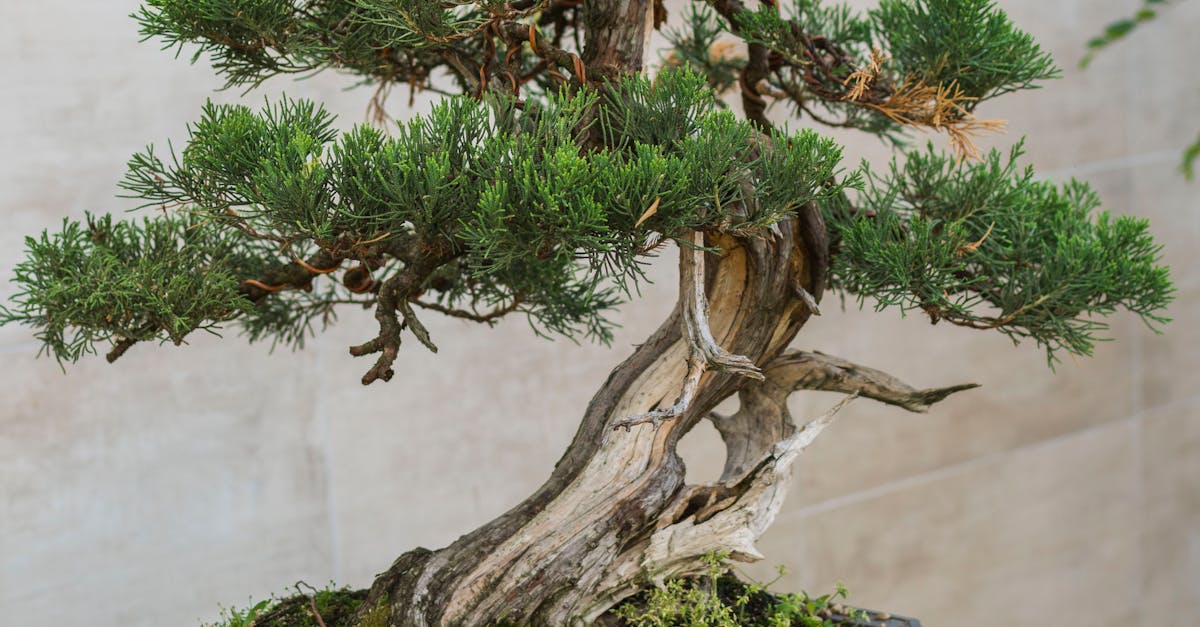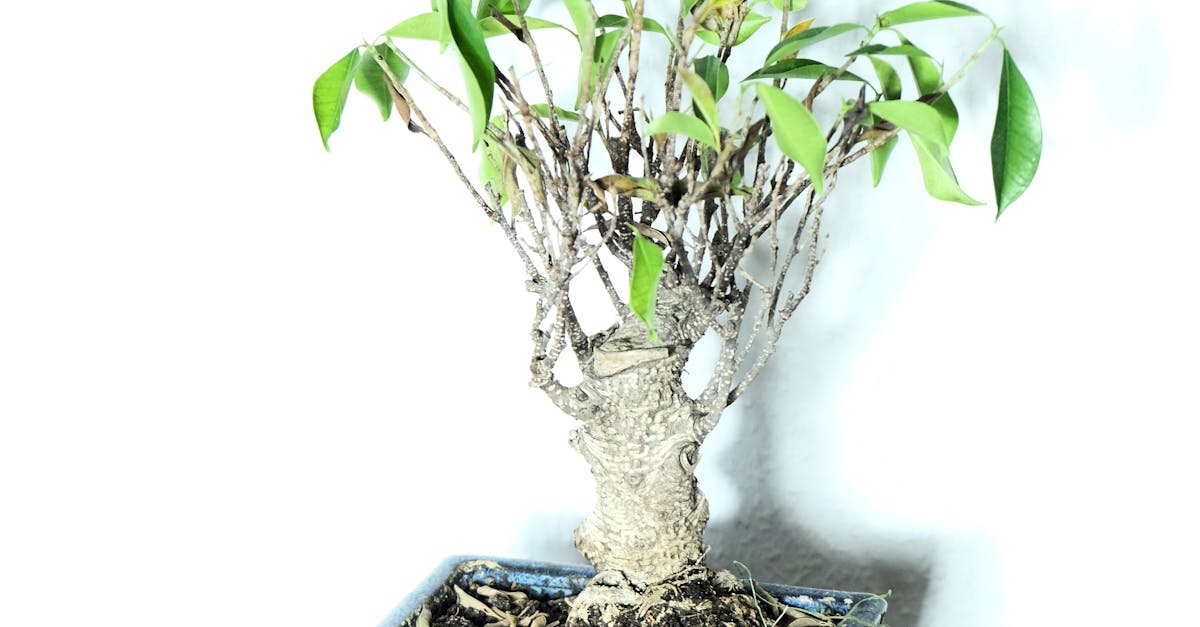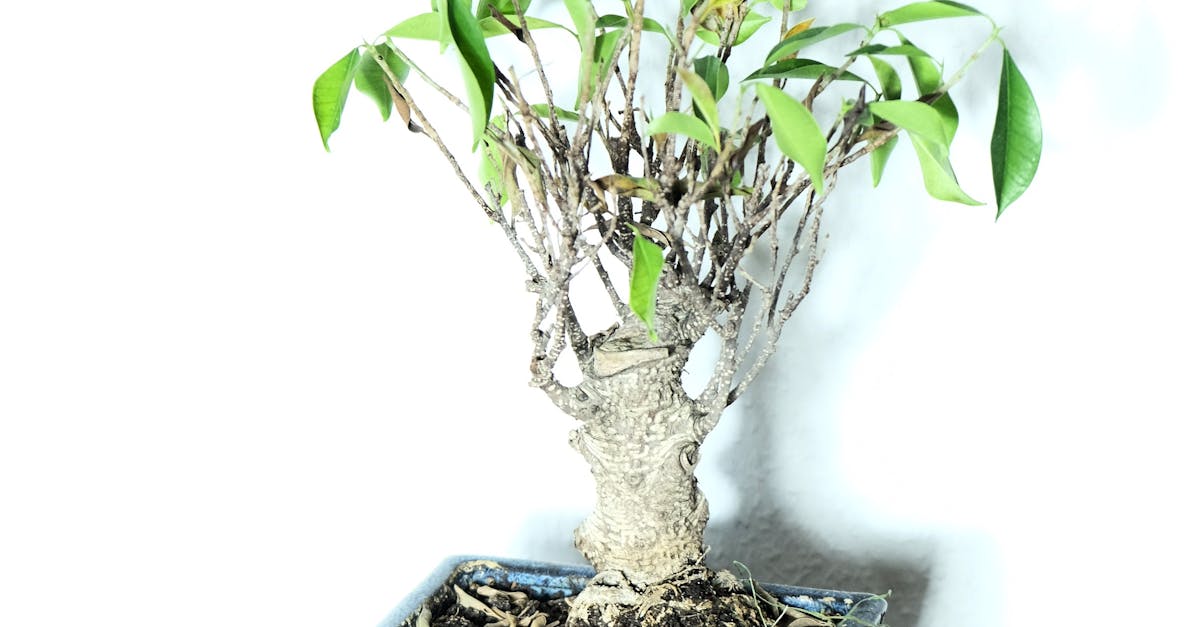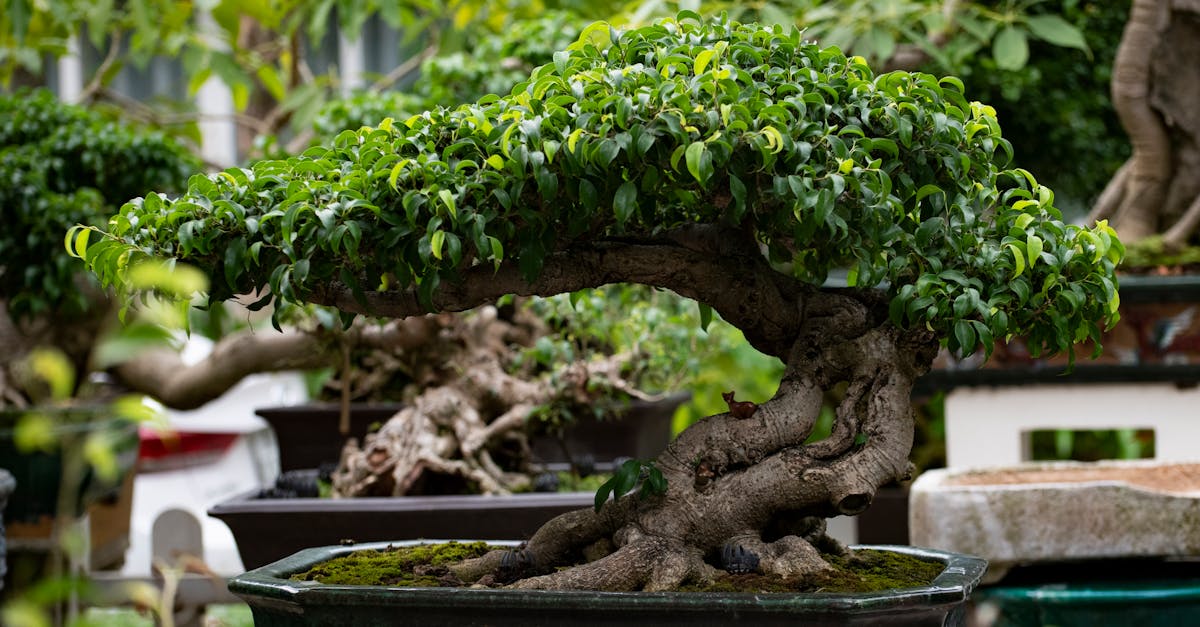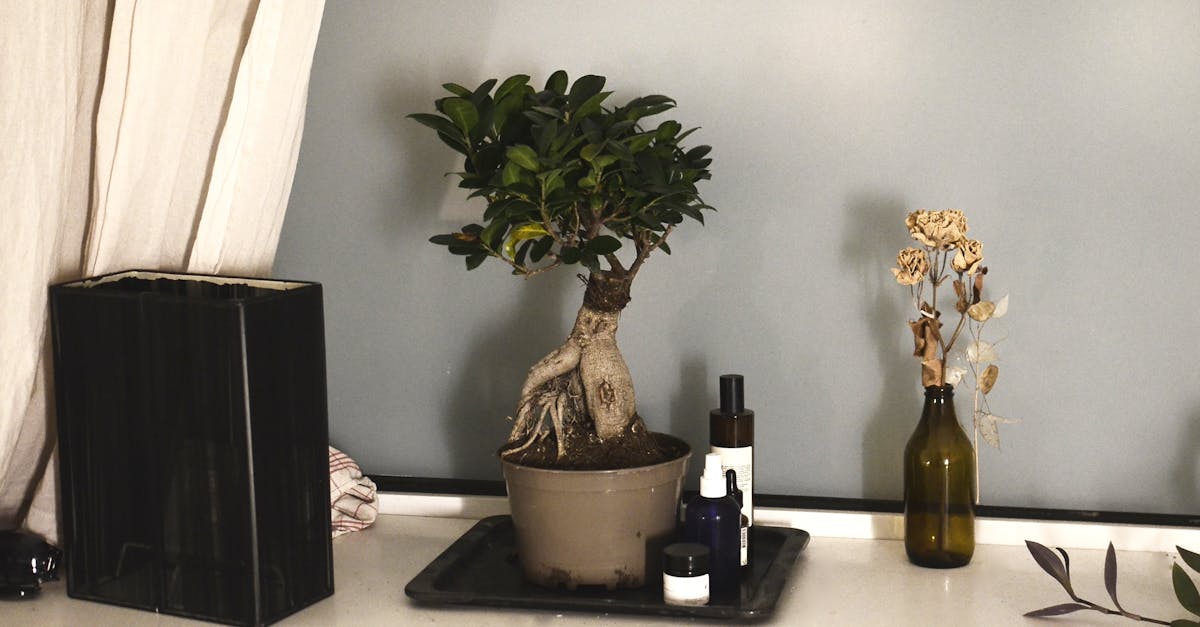The Enchanting World of Bonsai Forests: A Journey into Nature’s Miniature Masterpieces
Immerse yourself in the captivating art of forest planting in bonsai. Discover the secrets to creating enchanting miniature forests that evoke the beauty of nature. This comprehensive guide will lead you through every step of the process, from selecting the ideal tree species to nurturing your forest into a thriving masterpiece. Unleash your creativity and embark on a journey to craft a living work of art that embodies the harmony and tranquility of a natural forest.
1. The Art of Forest Planting in Bonsai
The Art of Forest Planting in Bonsai
Creating a bonsai forest is a unique and challenging art form that combines the principles of bonsai with landscape design. The goal is to create a miniature forest that captures the beauty and essence of nature in a small container. Unlike traditional bonsai, which focus on a single tree, forest bonsai feature multiple trees arranged to create a sense of depth and perspective.
The art of forest planting in bonsai requires careful planning and execution. The artist must consider the scale of the trees, the arrangement of the trees, and the overall composition of the forest. The goal is to create a harmonious and balanced scene that evokes the feeling of a natural forest.
One of the challenges of forest planting in bonsai is creating a sense of depth and perspective. This can be achieved through the use of trees of different sizes and shapes, as well as by varying the distance between the trees. The artist can also use rocks and other elements to create a sense of foreground, middle ground, and background.
Bonsai Forest Aesthetics
Bonsai Forest Aesthetics: Explore the aesthetic principles of bonsai forest design, including the importance of balance, harmony, and cohesiveness.
The aesthetics of a bonsai forest are based on the principles of balance, harmony, and cohesiveness. The goal is to create a scene that is visually appealing and that evokes the feeling of a natural forest.
Balance in a bonsai forest is achieved by carefully arranging the trees so that they create a sense of visual equilibrium. This can be done by varying the size, shape, and placement of the trees. Harmony in a bonsai forest is achieved by using trees that are compatible with each other in terms of their foliage, bark texture, and overall appearance. Cohesiveness in a bonsai forest is achieved by creating a sense of unity among the trees. This can be done by using trees that are similar in size and shape, or by using trees that have similar foliage or bark texture.
In addition to balance, harmony, and cohesiveness, there are a number of other aesthetic principles that can be applied to bonsai forest design. These include the use of scale, perspective, and asymmetry. Scale refers to the size of the trees in relation to the size of the container. Perspective refers to the way in which the trees are arranged to create a sense of depth and space. Asymmetry refers to the use of off-center arrangements to create a more dynamic and interesting composition.
Choosing the Right Tree Species
Choosing the Right Tree Species: Learn about the ideal tree species for bonsai forests, considering their growth habits, foliage characteristics, and compatibility with each other
When choosing tree species for a bonsai forest, there are a few things to consider: growth habit, foliage characteristics, and compatibility.
Growth habit refers to the way a tree grows. Some trees, like pines and junipers, have a more compact growth habit, which makes them ideal for bonsai. Other trees, like willows and maples, have a more spreading growth habit, which can make them more difficult to train into a bonsai forest.
Foliage characteristics refer to the size, shape, and color of the leaves. Trees with small leaves, like boxwood and cotoneaster, are often used in bonsai forests because they create a sense of scale and detail. Trees with large leaves, like oak and maple, can also be used in bonsai forests, but they need to be carefully trained to create a balanced composition.
Compatibility refers to how well different tree species grow together. Some trees, like pines and junipers, are compatible with a wide range of other tree species. Other trees, like maples and oaks, are more particular about the trees they grow with.
When choosing tree species for a bonsai forest, it is important to consider the overall composition of the forest. The goal is to create a forest that is visually appealing and that evokes the feeling of a natural forest.
2. Establishing a Forest Base
Establishing a Forest Base: Prepare the foundation for your bonsai forest by selecting an appropriate container, creating drainage holes, and providing adequate soil
The first step in creating a bonsai forest is to establish a forest base. This involves selecting an appropriate container, creating drainage holes, and providing adequate soil.
Selecting an appropriate container
The container you choose for your bonsai forest should be large enough to accommodate the roots of the trees, but not so large that it overwhelms the trees. The container should also have good drainage holes to prevent the roots from rotting.
Creating drainage holes
If the container you choose does not have drainage holes, you will need to create them. You can do this by drilling holes in the bottom of the container or by using a soldering iron to melt holes in the plastic.
Providing adequate soil
The soil you use for your bonsai forest should be well-draining and have a pH that is suitable for the trees you have chosen. You can purchase bonsai soil from a nursery or make your own by mixing equal parts akadama, pumice, and lava rock.
Once you have selected a container, created drainage holes, and provided adequate soil, you are ready to plant your trees.
Container Considerations
When choosing a container for your bonsai forest, there are a few factors to consider: size, shape, and drainage.
Size
The size of the container should be proportionate to the size of the trees in the forest. A container that is too large will make the trees look small and insignificant, while a container that is too small will restrict the growth of the trees.
Shape
The shape of the container can also affect the look of the forest. Rectangular containers are a popular choice for bonsai forests, as they create a sense of order and symmetry. Oval and round containers can also be used, and they can create a more natural look.
Drainage
Good drainage is essential for the health of the trees in your bonsai forest. The container should have drainage holes in the bottom to allow excess water to escape. If the container does not have drainage holes, you can drill them yourself or use a soldering iron to melt holes in the plastic.
In addition to size, shape, and drainage, you may also want to consider the material of the container. Bonsai containers are made from a variety of materials, including ceramic, plastic, and metal. The material you choose will depend on your personal preferences and the style of your forest.
Soil Preparation
Soil Preparation: Learn about the specific soil requirements for bonsai forests, ensuring proper drainage, aeration, and nutrient availability
The soil you use for your bonsai forest is critical to the health of the trees. The soil should be well-draining, aerated, and have a pH that is suitable for the trees you have chosen.
Drainage
Good drainage is essential for the health of the trees in your bonsai forest. The soil should allow excess water to drain away quickly to prevent the roots from rotting. You can improve the drainage of your soil by adding inorganic materials such as akadama, pumice, or lava rock.
Aeration
The soil should also be well-aerated to allow oxygen to reach the roots of the trees. You can improve the aeration of your soil by adding organic materials such as peat moss or compost.
Nutrient availability
The soil should also have a pH that is suitable for the trees you have chosen. Most trees prefer a slightly acidic soil, but some trees, such as pines and junipers, prefer a more acidic soil. You can adjust the pH of your soil by adding sulfur or lime.
In addition to the above factors, you may also want to consider the texture of the soil. A loam soil is a good choice for bonsai forests because it is well-draining and has a good texture. You can create a loam soil by mixing equal parts sand, silt, and clay.
3. Tree Arrangement and Composition
Tree Arrangement and Composition: Master the art of arranging trees in a bonsai forest, creating a sense of depth and naturalism, while ensuring stability and balance
Arranging the trees in your bonsai forest is a critical step in creating a beautiful and naturalistic composition. When arranging the trees, there are a few things to keep in mind:
Depth
One of the most important things to consider when arranging the trees in your bonsai forest is depth. You want to create a sense of depth and perspective in the forest, so that it looks like a real forest. To do this, you can use trees of different sizes and shapes, and you can vary the distance between the trees.
Naturalism
When arranging the trees in your bonsai forest, you also want to keep in mind naturalism. You want the forest to look like a real forest, so you should avoid placing the trees in a symmetrical or geometric pattern. Instead, you should try to create a more natural look by placing the trees in a random pattern.
Stability
Finally, you also need to consider stability when arranging the trees in your bonsai forest. You want to make sure that the trees are stable and that they are not going to fall over. To do this, you can use wires or stakes to secure the trees in place.
By following these tips, you can create a beautiful and naturalistic bonsai forest that will be enjoyed for years to come.
Foreground, Midground, and Background Trees
Foreground, Midground, and Background Trees: Understand the roles of trees in different layers of a bonsai forest, creating a dynamic composition
When arranging the trees in your bonsai forest, it is important to consider the foreground, midground, and background. The foreground is the area of the forest that is closest to the viewer, the midground is the area of the forest that is in the middle, and the background is the area of the forest that is furthest from the viewer.
Foreground trees
The foreground trees are the most important trees in the forest because they are the first trees that the viewer sees. The foreground trees should be the most interesting and visually appealing trees in the forest. They should also be placed in a way that creates a sense of depth and perspective.
Midground trees
The midground trees are the trees that are in the middle of the forest. The midground trees should be used to create a sense of depth and perspective. They should also be used to connect the foreground trees to the background trees.
Background trees
The background trees are the trees that are furthest from the viewer. The background trees should be used to create a sense of depth and perspective. They should also be used to create a sense of enclosure.
By understanding the roles of trees in different layers of a bonsai forest, you can create a dynamic and visually appealing composition.
Creating Depth and Perspective
Creating Depth and Perspective: Learn techniques to create the illusion of depth within the bonsai forest, using tree placement, size variation, and perspective
One of the most important things to consider when creating a bonsai forest is depth and perspective. You want to create the illusion that the forest is deep and spacious, even though it is actually contained in a small container. There are a few techniques you can use to create depth and perspective in your bonsai forest:
Tree placement
One of the most important things you can do to create depth and perspective in your bonsai forest is to vary the placement of the trees. The trees should not be placed in a straight line or in a symmetrical pattern. Instead, you should place the trees in a random pattern, with some trees in the foreground, some trees in the midground, and some trees in the background.
Size variation
Another way to create depth and perspective in your bonsai forest is to use trees of different sizes. The trees in the foreground should be smaller than the trees in the midground, and the trees in the midground should be smaller than the trees in the background. This will create a sense of depth and perspective, and it will make the forest look more natural.
Perspective
Finally, you can also use perspective to create depth and perspective in your bonsai forest. Perspective is the way that objects appear to get smaller as they get further away. You can use perspective to create the illusion that the forest is larger than it actually is. To do this, you can place the trees in the background further apart than the trees in the foreground. You can also use forced perspective by placing smaller trees in the foreground and larger trees in the background.
By using these techniques, you can create the illusion of depth and perspective in your bonsai forest. This will make the forest look more natural and realistic, and it will be more enjoyable to view.
Stabilizing Trees
Stabilizing Trees: Discover methods for securing trees in a bonsai forest, ensuring stability and preventing root disturbance
Once you have arranged the trees in your bonsai forest, you need to secure them in place. This will prevent the trees from falling over and it will also prevent the roots from being disturbed. There are a few different methods you can use to stabilize the trees in your bonsai forest:
Wires
One of the most common methods for stabilizing trees in a bonsai forest is to use wires. Wires can be used to secure the trees to the branches of other trees, or they can be used to secure the trees to the soil. When using wires to stabilize trees, it is important to use a wire that is the appropriate thickness and strength. You should also be careful not to over-tighten the wires, as this can damage the trees.
Stakes
Another method for stabilizing trees in a bonsai forest is to use stakes. Stakes can be used to support the trees, and they can also be used to prevent the trees from falling over. When using stakes to stabilize trees, it is important to use stakes that are the appropriate length and strength. You should also be careful not to drive the stakes too deeply into the soil, as this can damage the roots.
Super glue
Finally, you can also use super glue to stabilize trees in a bonsai forest. Super glue can be used to secure the trees to the branches of other trees, or it can be used to secure the trees to the soil. When using super glue to stabilize trees, it is important to use a glue that is specifically designed for use on plants. You should also be careful not to use too much glue, as this can damage the trees.
By using these methods, you can stabilize the trees in your bonsai forest and prevent them from falling over or being damaged.
4. Nurturing and Maintaining Your Forest
Nurturing and Maintaining Your Forest: Provide the necessary care and maintenance to ensure the health and longevity of your bonsai forest.
Once you have created your bonsai forest, it is important to provide the necessary care and maintenance to ensure the health and longevity of the trees. This includes watering, fertilizing, pruning, and shaping the trees.
Watering
Watering is one of the most important aspects of caring for a bonsai forest. The trees need to be watered regularly, but not too often. Over-watering can lead to root rot, which can kill the trees. Under-watering can also damage the trees, causing them to wilt and die.
Fertilizing
Fertilizing is also important for the health of your bonsai forest. The trees need to be fertilized regularly to provide them with the nutrients they need to grow and thrive. However, it is important to fertilize the trees according to the instructions on the fertilizer package. Over-fertilizing can damage the trees, causing them to burn.
Pruning and shaping
Pruning and shaping are also important for the health of your bonsai forest. Pruning helps to control the growth of the trees, and it can also be used to shape the trees into the desired form. Shaping is the process of training the trees to grow in a certain way. This can be done by using wires or stakes to guide the growth of the trees.
By following these tips, you can provide the necessary care and maintenance to ensure the health and longevity of your bonsai forest.
Watering and Fertilizing
Watering and Fertilizing: Learn the proper watering and fertilizing techniques for bonsai forests, considering species-specific needs and seasonal variations.
Watering and fertilizing are two of the most important aspects of caring for a bonsai forest. The trees need to be watered regularly, but not too often. Over-watering can lead to root rot, which can kill the trees. Under-watering can also damage the trees, causing them to wilt and die.
Watering
The frequency of watering will vary depending on the species of trees in your bonsai forest, the size of the trees, the climate, and the season. In general, you should water your bonsai forest when the soil is dry to the touch. You should water the trees deeply, until the water drains out of the drainage holes in the bottom of the container.
Fertilizing
Fertilizing is also important for the health of your bonsai forest. The trees need to be fertilized regularly to provide them with the nutrients they need to grow and thrive. The type of fertilizer you use and the frequency of fertilization will vary depending on the species of trees in your bonsai forest.
Seasonal variations
The watering and fertilizing needs of your bonsai forest will also vary depending on the season. In the spring and summer, the trees will need to be watered more frequently and fertilized more often. In the fall and winter, the trees will need to be watered less frequently and fertilized less often.
By following these tips, you can provide the proper watering and fertilizing care for your bonsai forest. This will help to ensure the health and longevity of the trees.
Pruning and Shaping
Pruning and Shaping: Understand the importance of pruning and shaping in maintaining the aesthetic appeal and health of the bonsai forest.
Pruning and shaping are two important techniques that can be used to maintain the aesthetic appeal and health of a bonsai forest. Pruning involves removing unwanted branches and leaves, while shaping involves training the branches to grow in a certain direction.
Pruning
Pruning can be used to remove dead or diseased branches, to control the size and shape of the trees, and to improve the overall health of the forest. Pruning can also be used to encourage the growth of new buds and branches, and to create a more balanced and harmonious composition.
Shaping
Shaping can be used to train the branches of the trees to grow in a certain direction. This can be done by using wires or stakes to guide the growth of the branches. Shaping can be used to create a variety of different effects, such as creating curves or bends in the branches, or creating a cascading effect.
Pruning and shaping are both essential techniques for maintaining the health and beauty of a bonsai forest. By carefully and judiciously using these techniques, you can create a beautiful and thriving bonsai forest that will bring you years of enjoyment.
5. Advanced Techniques and Refinement
Advanced Techniques and Refinement: Explore advanced techniques to enhance the realism and sophistication of your bonsai forest.
Once you have mastered the basic techniques of bonsai forest creation, you can begin to explore more advanced techniques to enhance the realism and sophistication of your forest. These techniques include underplanting and ground cover, creating rock formations, and ongoing refinement.
Underplanting and ground cover
Underplanting and ground cover can add a sense of realism and detail to your bonsai forest. Underplanting refers to the practice of planting smaller plants beneath the trees in your forest. Ground cover refers to the practice of covering the soil with moss or other small plants.
Creating rock formations
Rock formations can add a sense of depth and interest to your bonsai forest. Rocks can be used to create mountains, cliffs, and other geological features. When creating rock formations, it is important to use rocks that are in scale with the trees in your forest.
Ongoing refinement
Bonsai forest creation is an ongoing process of refinement. As your trees grow and change, you will need to make adjustments to the pruning, shaping, and wiring. Over time, your bonsai forest will become more and more refined and sophisticated.
By exploring these advanced techniques, you can create a bonsai forest that is truly a work of art.
Underplanting and Ground Cover
Underplanting and Ground Cover: Discover the art of adding underplanting and ground cover to create a natural and detailed forest floor
Underplanting and ground cover are two techniques that can be used to add a sense of realism and detail to the forest floor of your bonsai forest. Underplanting refers to the practice of planting smaller plants beneath the trees in your forest. Ground cover refers to the practice of covering the soil with moss or other small plants.
Underplanting
When choosing plants for underplanting, it is important to select plants that are compatible with the trees in your forest. The plants should be small enough that they do not compete with the trees for light and nutrients. They should also be tolerant of the shade and humidity levels in your forest.
Ground cover
Ground cover can be used to create a variety of effects in your bonsai forest. Moss can be used to create a soft and inviting forest floor. Small plants, such as ferns and wildflowers, can be used to add color and interest to the forest floor.
By using underplanting and ground cover, you can create a bonsai forest that is both beautiful and realistic.
Creating Rock Formations
Creating Rock Formations: Learn how to incorporate rocks into your bonsai forest, adding visual interest and enhancing the overall composition.
Rocks can be used to add a sense of depth and interest to your bonsai forest. Rocks can be used to create mountains, cliffs, and other geological features. When creating rock formations, it is important to use rocks that are in scale with the trees in your forest. You should also consider the color and texture of the rocks when selecting them.
To create a rock formation, start by placing a few large rocks in the desired location. You can then use smaller rocks to fill in the gaps between the large rocks. Once the rock formation is in place, you can use moss or other small plants to cover the soil around the rocks.
Rock formations can be used to create a variety of effects in your bonsai forest. They can be used to create a sense of depth and perspective, or they can be used to create a more natural look. By using rocks creatively, you can add a unique and personal touch to your bonsai forest.
Refinements Over Time
Refinements Over Time: Understand the ongoing process of refinement in bonsai forest creation, involving gradual adjustments and improvements over an extended period.
Bonsai forest creation is an ongoing process of refinement. As your trees grow and change, you will need to make adjustments to the pruning, shaping, and wiring. Over time, your bonsai forest will become more and more refined and sophisticated.
There are a few key things to keep in mind when refining your bonsai forest over time. First, be patient. Bonsai forest creation takes time and effort. Do not try to rush the process. Second, be observant. Pay attention to how your trees are growing and changing. This will help you to make the best decisions about how to prune, shape, and wire your trees.
Finally, be creative. There is no one right way to create a bonsai forest. Experiment with different techniques and styles until you find what works best for you. With patience, observation, and creativity, you can create a bonsai forest that is truly a work of art.
What is the best way to choose the right tree species for my bonsai forest?
When choosing tree species for your bonsai forest, there are a few things to consider: growth habit, foliage characteristics, and compatibility. Growth habit refers to the way a tree grows. Some trees, like pines and junipers, have a more compact growth habit, which makes them ideal for bonsai. Other trees, like willows and maples, have a more spreading growth habit, which can make them more difficult to train into a bonsai forest.
Foliage characteristics refer to the size, shape, and color of the leaves. Trees with small leaves, like boxwood and cotoneaster, are often used in bonsai forests because they create a sense of scale and detail. Trees with large leaves, like oak and maple, can also be used in bonsai forests, but they need to be carefully trained to create a balanced composition.
Compatibility refers to how well different tree species grow together. Some trees, like pines and junipers, are compatible with a wide range of other tree species. Other trees, like maples and oaks, are more particular about the trees they grow with.
How often should I water my bonsai forest?
The frequency of watering will vary depending on the species of trees in your bonsai forest, the size of the trees, the climate, and the season. In general, you should water your bonsai forest when the soil is dry to the touch. You should water the trees deeply, until the water drains out of the drainage holes in the bottom of the container.
How can I create a sense of depth and perspective in my bonsai forest?
There are a few techniques you can use to create a sense of depth and perspective in your bonsai forest:
Tree placement: Vary the placement of the trees in your forest. Avoid placing the trees in a straight line or in a symmetrical pattern. Instead, place the trees in a random pattern, with some trees in the foreground, some trees in the midground, and some trees in the background.
Size variation: Use trees of different sizes in your bonsai forest. The trees in the foreground should be smaller than the trees in the midground, and the trees in the midground should be smaller than the trees in the background. This will create a sense of depth and perspective, and it will make the forest look more natural.
Perspective: Use perspective to create the illusion that the forest is larger than it actually is. Place the trees in the background further apart than the trees in the foreground. You can also use forced perspective by placing smaller trees in the foreground and larger trees in the background.

